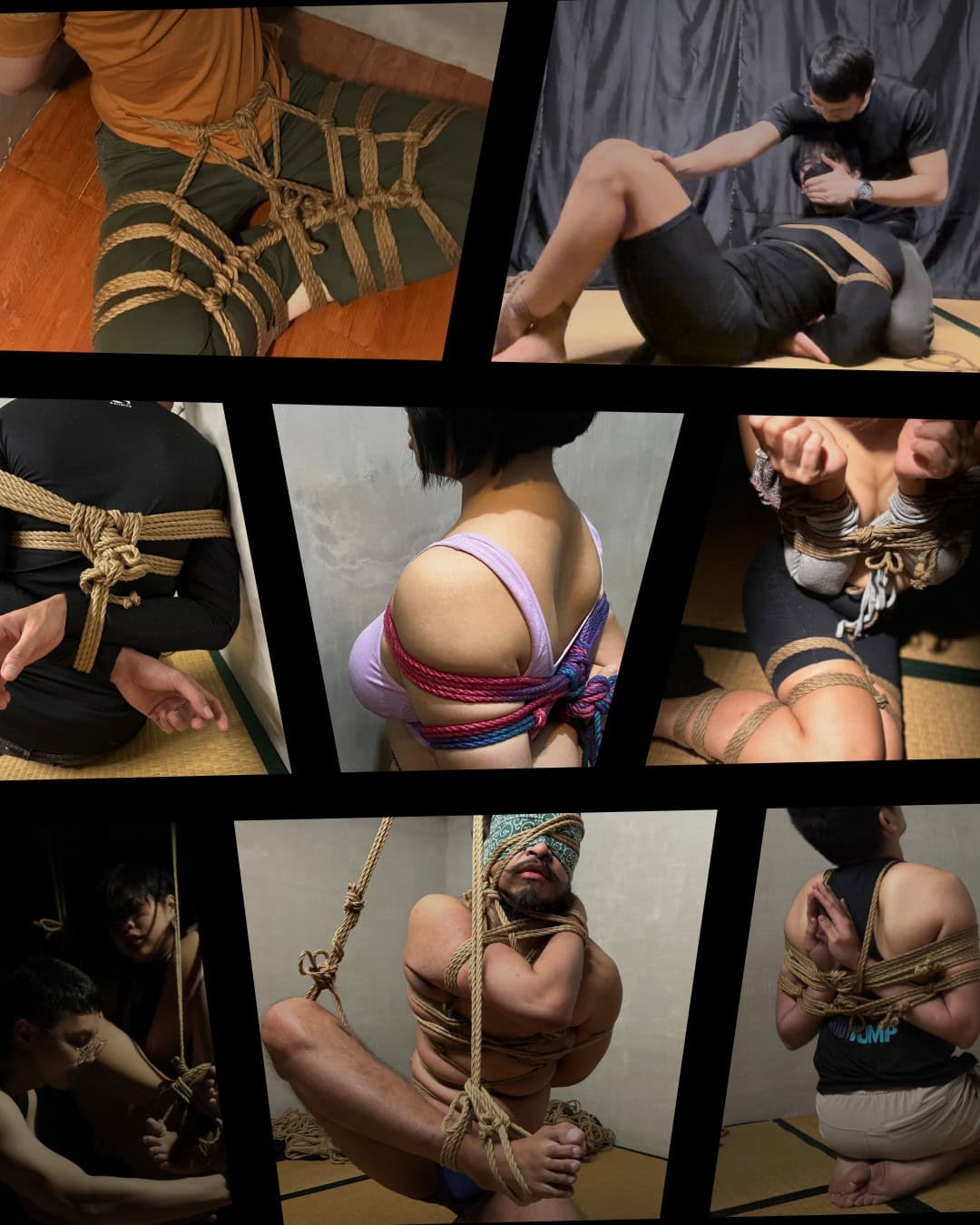Jute rope needs a lot of care, both when you first receive your purchase and then over time. By initially treating or regularly maintaining your bondage rope, you’ll be able to extend their lifespan and lower the chances of accidents resulting from breakage due to excessive wear and tear.
You can choose from a variety of products like rope wax, rope oil, rope cream, or rope paste (there are so many kinds!) to lightly nourish the fibers within your rope or coat them with a protective layer.
Friendly tip: Jute rope users may want to learn at least two (2) different bundling methods. Pick a default bundling method and whenever you finish using a particular rope, use the alternate method when you store it back in your bag, bundle, or container.
This helps you mark which ropes were recently used so you can cycle through your whole set without overusing/excessively wearing out the same pieces of rope.
References & Recommendations
- Free
- Video
Avalon writes: “This video shows what Avalon does to treat his ropes, when they are new, how to condition them, how to revive them when they start unwinding and how to hank them.
This is not the only way, it’s the way Avalon takes care of his ropes. There are many different schools of thought on how to treat ropes. Use the one that works for you and your ropes. If this one works for you, then go ahead and try it.”
- Free
- E-Book
Douglas Kent writes: “These care instructions will help you maximize the life and utility of your Douglas Kent jute rope. They’re particularly important if you live in a high humidity environment. “
- Free
- Online Course
Esinem writes: “I’m always being asked how to treat rope and frequently see forum posts from people who have made classic mistakes which ruined an expensive purchase. It can be surprising how much difference the right treatment makes. It can often turn a disappointing rope into a joy. improves the look, the feel and the way it handles.”
Dee’s consideration: Since water can seriously damage and weaken some types of jute rope, always ask your supplier if you can or should be using wet treatment (i.e. boiling/wetting your ropes) for the ones you bought. In some cases, they come pre-treated so you no longer need to take the risk.
- Free
- Video
WykD Dave writes: “The question keeps being asked so here’s the answer to what I’d do. I am also including comparing using paper towels against cloth for effectiveness.”
- Free
- Video
Esinem writes: “This was made in order to settle some debate about the causes of failure of bondage rope. In another video, we were shown how synthetic rope could easily be cut using friction. In this example, the static part was cut due to the heat generated by friction. I wanted to test if my belief that natural fibre behaved differently was correct.”
- Free
- Video
WykD Dave writes: “This is how I treat my signature single lay M0co jute.
This isn’t how everyone treats their rope but it works for me.”





